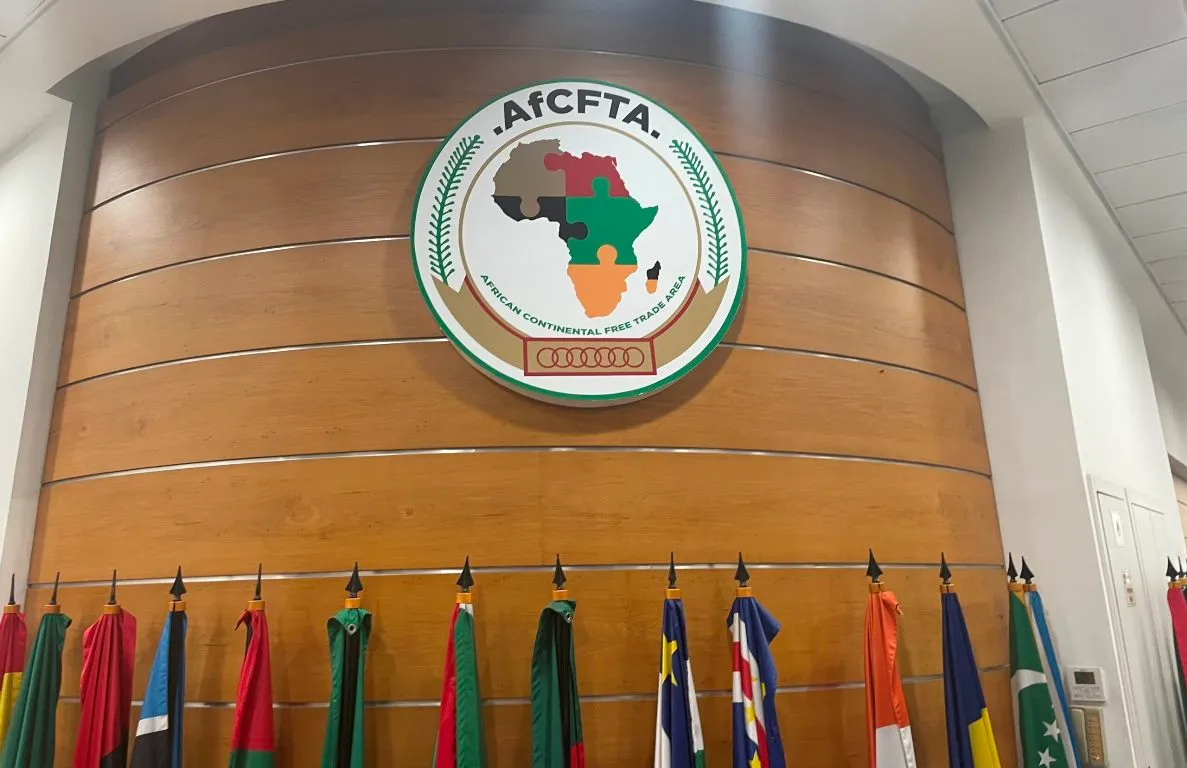The amount spent on fuel subsidy monthly rose from N60.39bn in March 2021 to N245.77bn in March 2022, indicating an increase of 306.97 per cent.
Within this one-year period, fuel subsidy gulped N2.08tn, according to data obtained from the Nigerian National Petroleum Company Limited.
NNPC described its subsidy spending as an under-recovery of PMS/value shortfall.
In March, April, May, and June 2021, under-recovery for PMS amounted to N60.39bn, N61.96bn, N126.29bn, and N164.33bn respectively.
In July, August, September, October, November, and December 2021, the NNPC spent N103.28bn, N173.13bn, N149.28bn, N163bn, N131.4bn, and N270.83bn, respectively.
Figures from the NNPC further showed that the oil firm spent N210.38bn, N219.78bn, and N245.77bn as the subsidy on petrol in January, February, and March 2022 respectively.
Despite the increasing cost of the fuel subsidy, Nigerians still suffered a hike in the cost of transportation within the period under review.
This is according to an analysis of data from the Transport Fare Watch report of the National Bureau of Statistics.
According to the report, there was a 35.65 per cent, 42.17 per cent, and 45.57 per cent increase in the cost of intercity, intracity, and motorcycle rides respectively.
The report read in part, “The average fare paid by commuters for bus journey intercity per drop rose to N3,270.94 in March 2022, indicating an increase of 35.65 per cent (from N2,411.29) on a year-on-year, in March 2021.
“Similarly, the average fare paid by commuters for bus journey within the city per drop, increased by 42.17 per cent from N 377.27 in March 2021 to N536.35 in March 2022.
“In another category, the average fare paid by commuters for journey by motorcycle per drop increased by 45.57 per cent from N 271.44 in March 2021 to N395.12 in March 2022.”
The report further showed that Nigerians going to Abuja spent the highest on fares while those going to Edo State spent the least.
For intrastate, Nigerians in Zamfara State spent the highest while those in Benue State spent the least.
In terms of motorcycle rides, Nigerians in Lagos State spent the highest while those in Anambra State spent the least.
The report read, “At the state level for intercity bus travel (state route charged per person fare) in March 2022, the highest fare was recorded in Abuja with N5,000 followed by Adamawa with N4,233.33. The least fares were recorded in Edo with N 1,883.33 followed by Bayelsa with N 1,944.44.
“In terms of bus journey within the city (per drop constant route), Zamfara recorded the highest with N805.33 followed by Taraba State with N700.0. On the other hand, Benue State recorded the least fares with N400.0 followed by Anambra State with N403.57.
“In March 2022, Lagos state had the highest motorcycle transport fare with N618.38 followed by Kwara with N614.75. The least fare was recorded in Anambra with N191.11 followed by Kebbi with N205.63.”
It was also disclosed that Nigerians going into the South-West spent more on transport while those going to the South-South spent the least.
In terms of intracity, Nigerians spent the highest in North-East and the least in South-East, while for motorcycle rides, Nigerians spent the highest in South-South and the least in North-West.
Economic and energy experts have continued to decry the rising cost of fuel subsidy to the Federal Government.
The World Bank and the International Monetary Fund have decried the Federal Government’s huge spending on the petrol subsidy, urging the government to end the regime.
Although the Federal Government had planned to stop paying fuel subsidy by June 2022, the government eventually backtracked on the plan.
The government subsequently said the proposed removal of fuel subsidy would be extended by 18 months. It also said the development meant the Petroleum Industry Act would be reviewed and sent to the National Assembly.
The Federal Government has said it plans to tap the $2.2bn it raised in a Eurobond sale last year and targets more local borrowing in 2022 to help fund the subsidy.











